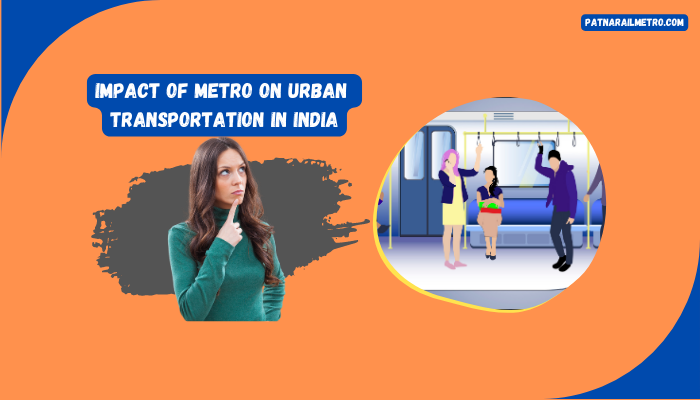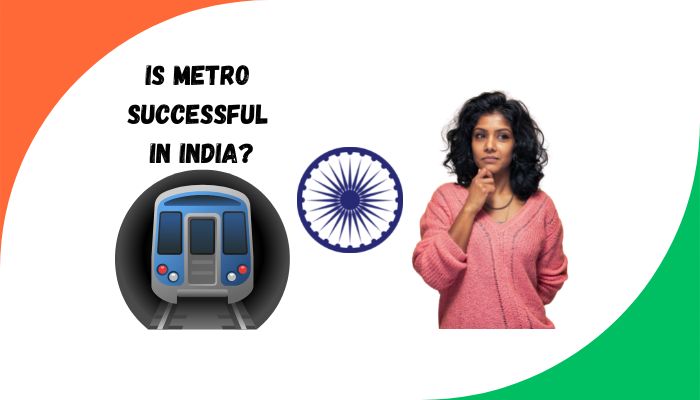India has experienced significant growth in recent years, both economically and socially. With over 1.3 billion people, India is the world’s largest democracy and has emerged as a global player in various sectors. Here are some key areas of growth and development in India:
Economic Growth: India has been experiencing steady economic growth in recent years, with a GDP of approximately $2.9 trillion in 2021. The country has been making strides in various sectors, such as information technology, e-commerce, healthcare, and infrastructure, leading to job creation and economic expansion.
India is a country that is undergoing rapid growth and development, with significant progress in various sectors such as economics, technology, education, and social development. With continued investment in these areas, India is poised to emerge as a major player on the global stage in the coming years. Urbanisation in India refers to the process of increasing the proportion of the urban population in the country.

Growing Urbanisation In India:
Various factors, such as migration from rural areas, population growth, and the expansion of economic activities, drive the growth of urbanization in India. Urbanisation has brought significant changes in the social, economic, and cultural aspects of Indian society.
On the positive side, urbanization has led to the developing of infrastructure and services such as transportation, education, healthcare, and communication. It has also created employment opportunities and attracted investments, contributing to economic growth. Moreover, urban areas have higher social and cultural diversity, leading to new cultural trends and lifestyles.
Urban transportation in India faces several challenges, including congestion, inadequate infrastructure, and the dominance of private vehicles. However, there have been significant efforts to improve urban transportation systems in the country in recent years. One of the most significant initiatives is the Smart Cities Mission launched by the Indian government in 2015.
The mission aims to develop 100 smart cities nationwide, focusing on sustainable urban transportation. This includes developing mass transit systems, such as metro rail and bus rapid transit, and promoting non-motorized transport, such as cycling and walking.
Another notable development in urban transportation in India is the increasing adoption of electric vehicles. The Indian government has launched several initiatives to promote EV adoption, including the Faster Adoption and Manufacturing of Electric Vehicles in India scheme, which provides financial incentives for EV buyers.
Despite these efforts, urban transportation in India still faces several challenges, including insufficient public transport capacity, inadequate last-mile connectivity, and lack of effective integration between different modes of transport. Addressing these challenges will require continued investment in infrastructure, technology, and policy measures.
Metro Transportation In India:
Metro systems typically have stations at key points throughout the city, allowing passengers to easily access popular destinations, such as tourist attractions, shopping centres, and business districts. Some metro systems also connect with other forms of public transportation, such as buses and commuter rail lines, to provide passengers with seamless travel options.
The development of metro transportation in India has helped to improve the quality of urban transportation and reduce traffic congestion in major cities. India has several metro transportation systems in operation and under construction nationwide. Some of the major metro systems in India include:
- Delhi Metro: The Delhi Metro is India’s largest and busiest metro system. It comprises 12 lines and over 280 stations, serving Delhi, Gurgaon, Noida, and Ghaziabad.
- Mumbai Metro: The Mumbai Metro is a rapid transit system serving the city of Mumbai. It currently has one operational line, with several more lines under construction.
- Kolkata Metro: The Kolkata Metro is the oldest metro system in India and the first underground metro system in South Asia. It consists of one operational line and several under construction.
- Chennai Metro: The Chennai Metro is a rapid transit system serving the city of Chennai. It currently has two operational lines, with several more under construction.
- Bengaluru Metro: The Bengaluru Metro is a rapid transit system serving the city of Bengaluru. It currently has two operational lines, with several more under construction.
- Hyderabad Metro: The Hyderabad Metro is a rapid transit system serving the city of Hyderabad. It currently has three operational lines, with several more under construction.
Is Metro Successful In India?
There have also been some challenges faced by the metro systems in India, including issues such as high construction and operation costs and, sometimes, inadequate connectivity with other forms of transportation. The COVID-19 pandemic has also affected ridership numbers and the financial sustainability of these systems.
While there have been some challenges, the success of metro transportation in India can be attributed to its ability to provide a reliable and efficient mode of transportation for commuters and its potential to alleviate traffic congestion and reduce air pollution in major cities.
The metro transportation systems in India have been widely regarded as successful in providing a reliable and efficient means of public transportation for commuters. The systems’ reliability can be attributed to their trains running punctually and consistently, providing passengers with dependable transportation. Additionally, the air-conditioned trains and comfortable seating offered by metro systems in India contribute to a more pleasant commuting experience.
These systems are also designed to be fast and efficient, with dedicated tracks and limited stops, reducing passenger travel time. Furthermore, using metro systems in India has helped lower the number of private vehicles on the road, ultimately reducing air pollution and greenhouse gas emissions. Finally, the safety and security of these systems are ensured through CCTV cameras and trained personnel monitoring stations and trains.
Impact Of Metro On Urban Transportation In India:

The impact of metro rail on urban transportation in India has been the improvement of air quality. By reducing the number of cars on the road, metro rail has reduced air pollution and greenhouse gas emissions. According to a study by the Centre for Science and Environment, the Delhi Metro has reduced CO2 emissions by 630,000 tonnes annually, equivalent to planting 2.5 million trees.
The benefits of metro rail on urban transportation in India over time can be observed across various aspects, including reducing traffic congestion, improving air quality, increasing mobility, and enhancing economic growth. Metro rail has substantially impacted urban transportation in India, particularly in decreasing traffic congestion.
The system’s efficient and dependable transportation has prompted commuters to shift from private vehicles to public transportation, ultimately leading to fewer cars on the road. Consequently, this has helped alleviate traffic congestion, particularly during peak hours, reducing commuter travel time. As an illustration, the Delhi Metro is believed to have reduced travel time by nearly 40%. compared to other modes of transportation.
The impact of metro rail on urban transportation in India has been significant in providing a reliable, efficient, and sustainable mode of transportation for millions of commuters. Since the first metro system was introduced in India in Kolkata in 1984, several other cities have followed suit, including Delhi, Mumbai, Chennai, Bengaluru, Hyderabad, and Kochi. The benefits of metro rail on urban transportation in India can be observed across various aspects, including reducing traffic congestion, improving air quality, increasing mobility, and enhancing economic growth.
Although metro rail has several advantages for urban transportation in India, some significant challenges are associated with it. One of the primary difficulties is the high cost of building and operating metro systems. They require significant infrastructure, equipment, and personnel investments, making them expensive to construct and maintain.
Consequently, concerns have been raised about some metro systems’ financial viability and capacity to generate enough revenue to cover their operating expenses. Furthermore, limited connectivity with other modes of transportation is another challenge faced by metro systems in India. While they provide efficient transportation within the city, they often lack adequate connections with other modes of transportation, such as buses and suburban railways. This can make it challenging for commuters to reach their final destinations, particularly those in areas not served by the metro system.
Conclusion:
The impact of metro rail on urban transportation in India has significantly reduced traffic congestion, improved air quality, increased mobility, and enhanced economic growth. Despite the challenges faced by the system, the benefits of metro rail have made it an essential component of urban transportation in India. With sustained investment and innovation, metro systems in India can play an increasingly vital role in promoting sustainable urban transportation and addressing various challenges related to traffic congestion, air pollution, and inadequate transportation infrastructure.
In addition to reducing traffic congestion, metro rail has improved other aspects of urban transportation in India, including safety and comfort. Metro systems are widely recognized for security, with CCTV cameras and well-trained personnel monitoring stations and trains. Moreover, metro trains have air conditioning and comfortable seating, providing passengers with a more enjoyable commuting experience.
Frequently Asked Questions:
Answer: The development of metro rail in Indian cities positively impacts real estate prices as it makes commuting easier and more efficient. The areas near metro stations witness increased demand and prices due to improved connectivity and accessibility.
Answer: The metro rail prices are not directly proportional to real estate prices in Indian cities. While the presence of metro rail can increase demand and prices, other factors such as location, infrastructure, and amenities also play a significant role in determining real estate prices.
